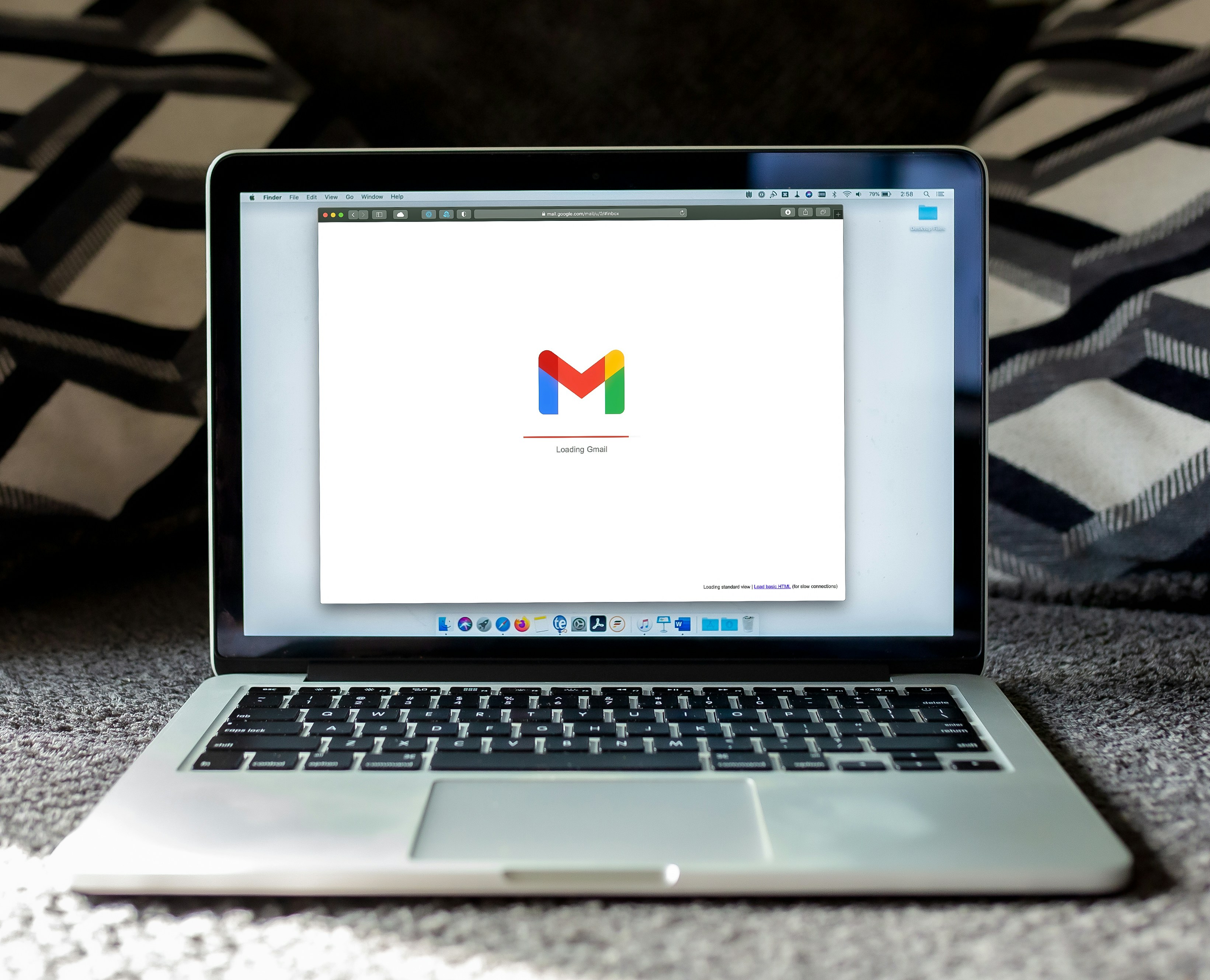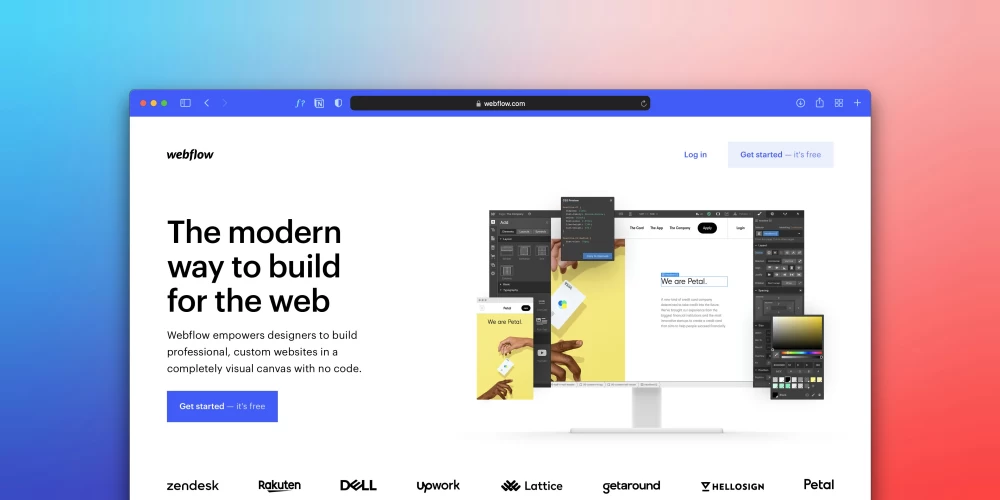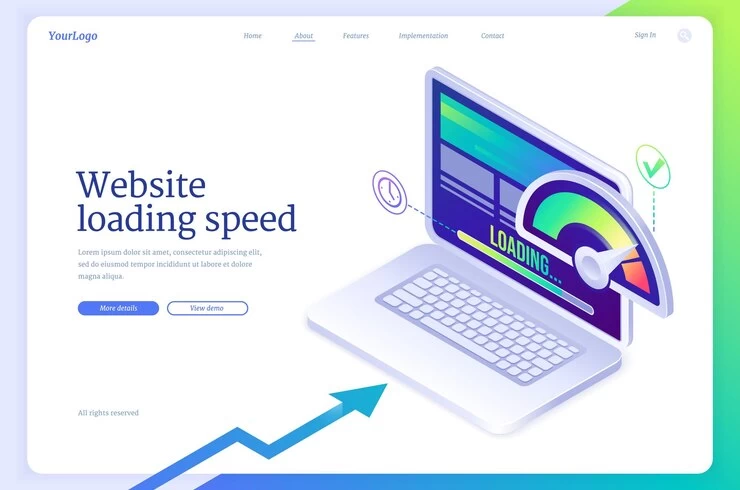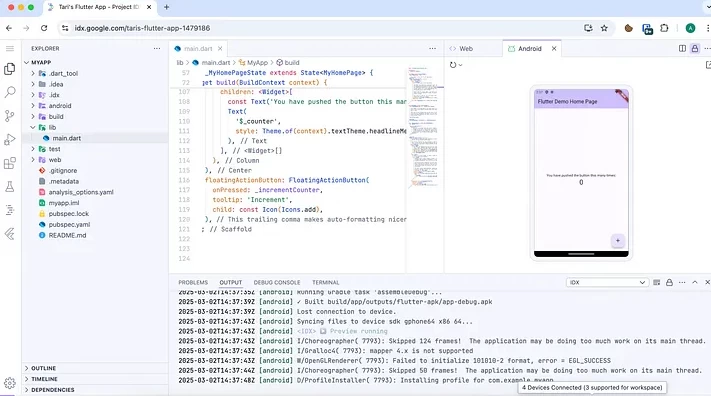Table of Contents
- 1. Minimalist Design with Smart Use of White Space
- 2. Dark Mode and Auto Theme Switching
- 3. AI-Powered Personalization
- 4. Micro-Animations and Motion UI
- 5. Voice Search Optimization
- 6. Accessibility-First Design
- 7. 3D Elements, AR, and Immersive Experiences
- 8. Core Web Vitals and Page Speed Optimization
- 9. Real-Time Features and Dynamic Content
- 10. No-Code/Low-Code Tools for Rapid Development
- 11. Visual Trends: Neumorphism, Glassmorphism, and Claymorphism
- 12. Mobile-First and Touch-Friendly Design
- 13. Storytelling and Scroll Animation
- 14. Typography as a Hero Element
- 15. Eco-Conscious Web Design (Digital Sustainability)
- Conclusion
Best Website Design Trends to Follow in 2025
Website design is no longer just about aesthetics—it's about delivering a fast, engaging, and meaningful experience to users across all devices and platforms. As we step into 2025, websites are expected to blend design, technology, and personalization to meet increasingly demanding expectations. Whether you're a business owner, developer, or designer, understanding these trends is essential to staying competitive in the digital world.
1. Minimalist Design with Smart Use of White Space
Minimalism continues to lead modern web design. It’s not just about removing clutter, but about directing users’ attention to what matters most. In 2025, minimalist design combines functionality with elegance using whitespace, clear visuals, and concise messaging.

Brands are reducing visual noise and using simplified navigation to enhance clarity. White space improves readability, helps create visual breathing room, and increases the perceived value of content. Paired with well-chosen typography and color schemes, minimalism creates a professional and user-friendly experience.
2. Dark Mode and Auto Theme Switching
Dark mode is no longer a nice-to-have—it’s a user expectation. With most operating systems offering built-in dark themes, websites are now expected to support light/dark mode switching automatically based on user preferences.
Dark mode reduces eye strain in low-light environments and can extend battery life on OLED screens. However, it must be implemented with care. Typography and contrast levels should be carefully tested to ensure accessibility. Websites can also offer a toggle switch for users who wish to manually choose their preferred theme.
3. AI-Powered Personalization
Artificial intelligence is transforming how websites interact with users. Personalized user experiences are more common than ever before. AI can analyze user behavior in real-time and adjust website content—like featured products, blog suggestions, or service recommendations—accordingly.
Example: An eCommerce website could highlight items the user previously viewed, suggest complementary products, and adjust the homepage content based on buying habits or location. This personalized experience leads to higher engagement and increased conversions.
Learn more about future-ready IT skills in our related blog post: Top 10 High-Paying IT Skills to Learn in 2025.
4. Micro-Animations and Motion UI
Subtle animations help communicate functionality, reduce cognitive load, and guide users through a website. Micro-interactions—like hover effects, animated button clicks, loading indicators, and scroll-triggered animations—create a smooth and dynamic experience.

In 2025, more websites are adopting Motion UI to provide feedback, emphasize elements, and maintain user interest. However, designers must ensure animations are performance-optimized and not overly distracting.
5. Voice Search Optimization
Voice search continues to rise with the popularity of voice assistants like Alexa, Siri, and Google Assistant. In 2025, websites are being optimized for voice by focusing on conversational keywords and long-tail queries.
Use structured data (schema markup), concise answers, and natural language in your content. This increases the chance of your site appearing in featured snippets and voice results.
6. Accessibility-First Design
Web accessibility is now both a legal requirement and a best practice. Designing for all users—including those with disabilities—is essential in 2025. This involves creating interfaces that are screen-reader friendly, navigable by keyboard, and color contrast compliant.
Tools like ARIA labels, semantic HTML, and accessibility testing plugins help ensure your website is usable by everyone. Brands that prioritize accessibility not only expand their reach but also demonstrate inclusivity and empathy.
7. 3D Elements, AR, and Immersive Experiences
3D visuals, virtual tours, and AR elements are making websites more immersive. In industries like real estate, retail, and product design, 3D features allow users to interact with items before buying or booking.
WebGL and Three.js enable developers to create interactive 3D experiences directly in browsers. For example, a product configurator that allows users to rotate and customize a car model increases both engagement and conversion.
8. Core Web Vitals and Page Speed Optimization
Google’s Core Web Vitals (LCP, FID, CLS) are crucial for SEO in 2025. Website speed and performance directly impact user retention and search rankings.
Speed optimization techniques include:
- Lazy loading images
- Using next-gen image formats like WebP
- Minimizing CSS/JavaScript
- Implementing a Content Delivery Network (CDN)
A fast site not only ranks better but also delivers a more seamless experience, especially on mobile networks.
Check out our guide on boosting Laravel performance: Laravel Page Speed Performance Improvement.
9. Real-Time Features and Dynamic Content
Real-time content keeps websites fresh and relevant. Features like live chat, interactive forms, and location-based personalization improve engagement.
Technologies like WebSockets and Firebase are enabling real-time updates for dashboards, messaging apps, and collaborative tools. Dynamic content is especially important for SaaS platforms and eCommerce stores.
Discover how Google’s Firebase Studio is shaping the future of development: Firebase Studio: Google's Next-Generation Cloud IDE.
10. No-Code/Low-Code Tools for Rapid Development
No-code platforms are democratizing web development. Tools like Webflow, Bubble, and Elementor allow non-programmers to build and manage full-featured websites without writing code.
These platforms offer:
- Drag-and-drop interfaces
- Pre-built templates and widgets
- Integration with APIs and databases
While not a full replacement for custom development, no-code tools are excellent for MVPs, startups, and marketing teams that need speed and flexibility.
11. Visual Trends: Neumorphism, Glassmorphism, and Claymorphism
New visual styles are emerging to add depth and realism to flat designs. Neumorphism uses soft shadows to create a tactile effect, while glassmorphism includes translucent layers with blur effects. Claymorphism adds fun and rounded 3D-style elements.
These trends should be used sparingly and always tested for usability and contrast.
12. Mobile-First and Touch-Friendly Design
With over 60% of traffic coming from mobile devices, designing mobile-first is no longer optional. Websites should be built for mobile users first, with large buttons, collapsible menus, and touch-optimized interactions.

Progressive Web Apps (PWAs) are also becoming more common, offering app-like functionality (offline support, install prompts) via a website.
Need help choosing the right hosting for WordPress? Read our article: Why WordPress Hosting is Ideal for Your Website.
13. Storytelling and Scroll Animation
Brands are using storytelling techniques to create emotional connections with users. Scroll animations, parallax effects, and sequential reveals help guide users through a narrative journey.
This technique is effective for landing pages, portfolios, and non-profit campaigns where emotional engagement is key. Just ensure animations are performance-tested and accessible.
14. Typography as a Hero Element
Big, bold typography is a design trend that demands attention. Custom fonts, dynamic text layouts, and animated headings can help define brand identity and convey messages more effectively.
In 2025, designers are also focusing on variable fonts—allowing for weight and style adjustments within a single font file, improving performance and flexibility.
15. Eco-Conscious Web Design (Digital Sustainability)
As climate consciousness grows, businesses are evaluating the environmental impact of their digital presence. Sustainable web design involves reducing energy use by optimizing code, compressing assets, and limiting unnecessary animations.
Tools like Website Carbon Calculator help measure your site’s carbon footprint. Lighter, faster websites use fewer server resources and consume less energy—an added value for eco-conscious consumers.
Conclusion
In 2025, the best websites are smart, fast, inclusive, and immersive. They blend aesthetic appeal with technical performance, accessibility, and user-centered design. Keeping up with these trends will ensure your website doesn’t just look modern—it performs exceptionally and connects deeply with your audience.
If you're looking to redesign your site or build a future-ready digital presence, UnitedWebSoft.in offers professional website design and development services in Delhi, India. Let’s craft something amazing together.
















